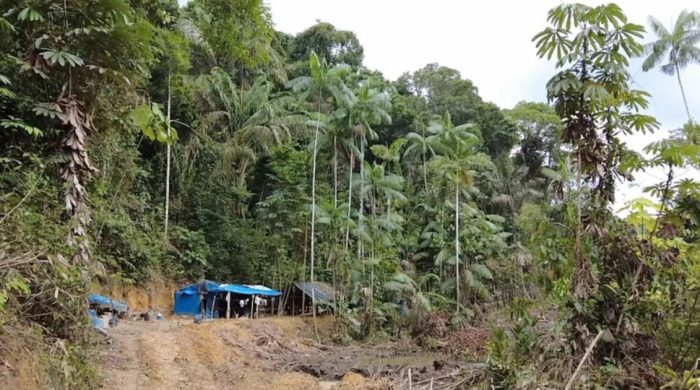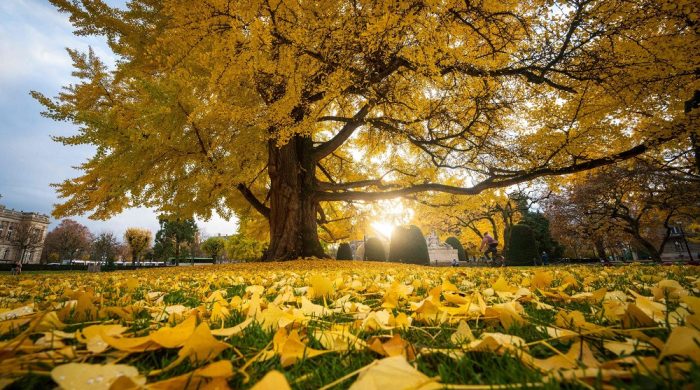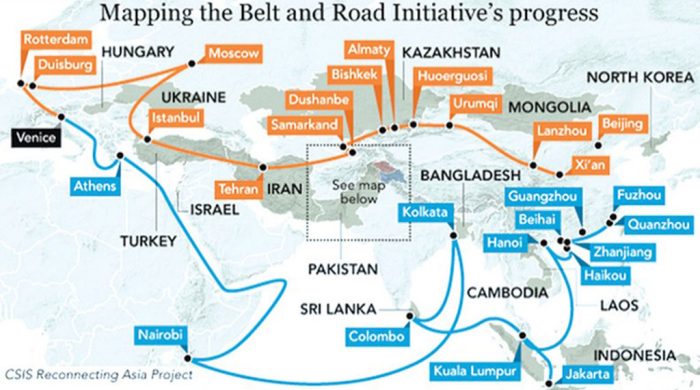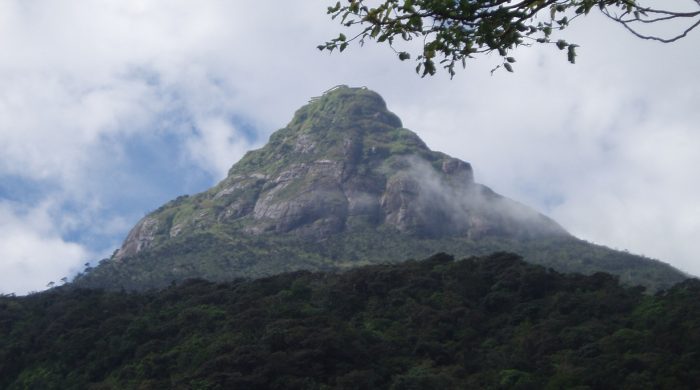Hindu shrine desecration: Can Pakistan protect its religious minorities?

- Update Time : Tuesday, January 12, 2021
- 182 Time View

A century-old sacred Hindu shrine in Pakistan was destroyed by a Muslim mob in December – the second ransacking and desecration of the holy site.
Pakistan’s Supreme Court has issued an order to officials in the north-western district of Karak to pave the way for rebuilding the Sri Param Hansji Maharaj Samadhi temple, but the attack has left the country’s Hindus feeling vulnerable and the government facing accusations that it is failing to protect the country’s religious minorities.
Pakistan is overwhelmingly Muslim – the Hindu community makes up less than 2% of the population. Prejudice against Hindus is ingrained.
The Hindus who attend the Sri Param Hansji Maharaj Samadhi were still in the process of rebuilding the site after the first attack, in 1997, after the Supreme Court finally issued a rebuilding order in 2015.
But in the process, the community bought and began renovating an adjacent house to provide a resting place for Hindu pilgrims – setting off a wave of anger among local Muslims convinced that the temple was being expanded.
In December, a rally was convened that was quickly whipped into a destructive mob.
How did the attack unfold?
The rally was convened on 30 December near the temple, and led by a local Muslim cleric, Maulvi Mohammad Sharif, who is affiliated with the religious party Jamiate Ulemae Islam and was the same cleric who led the attack on the temple in 1997.
According to witnesses, the cleric whipped up the crowd, inciting rally goers who then smashed in the walls of the temple with sledgehammers and set fire to it.
A report compiled by Pakistan’s Commission for Minority Rights after the attack found that precious ornaments were destroyed, as were ornate wooden doors and windows made from Burma teak and the carved white marble of the grave of a Hindu saint.
“The overall picture … was of utter devastation,” the report said.
The BBC is not responsible for the content of external sites.
View original tweet on Twitter
Police and security guards had been stationed at the temple during the rally but failed to stop the mob. “They went with impunity,” said the Chief Justice of Pakistan, Gulzar Ahmed, after the attack, adding that the incident had caused “international embarrassment to Pakistan”.
Police arrested 109 people in relation to the attack, including Maulvi Mohammad Sharif, and suspended 92 police officials, including the superintendent of police and deputy superintendent of police who were on duty at the time.
“There were 92 police officials at the spot, but they showed cowardice and negligence,” admitted Sanaullah Abbasi, the local police inspector general.
There were no Hindus at the temple at the time – they travel to the site for religious purposes but none live at the site – and no-one was injured or killed.
Why is there a dispute?
Located in Teri village on a desert patch featuring dry hills, the temple was built in 1919, long before the British partition of India pushed many Hindus south to India and many Muslims north into newly-created Pakistan.
The site was the last resting place of Sri Param Hansji Maharaj, a Hindu saint who has a large following in Pakistan, India and elsewhere in the world.
Waseem Khatak, a researcher, teacher and journalist from the village, said the area had a large Hindu population which was mainly involved in trade, business and money-lending, and Hindus and Muslims lived side by side in a collective culture.
Sri Param Hansji Maharaj “knew the Quran by heart”, Mr Khatak said, “and would offer spiritual guidance to his Muslim followers by quoting from the book”.
Hindus made pilgrimages to the site from all over, but when the British instigated partition in 1947 the entire Hindu population of Teri village left, abandoning their properties.
The government set up a trust to take over and manage the properties they had left behind and occasional pilgrimages continued. The property of the shrine was left in the care of a disciple of the saint, who converted to Islam and became the caretaker. But after the caretaker’s death in the 1960s, his sons sold the place to two local Muslim families. Access to the tomb became an arduous task – pilgrims had to pass through the privacy of two family homes to perform their rituals.
In the mid-1990s, the community bought one of the houses for easy access to the tomb. But the purchase happened at a time when local Muslim clerics enjoyed considerable influence with the Pakistani establishment. In 1996, soon after the news about the house deal was broken to the clergy, Maulvi Mohammad Sharif declared the Hindu community “agents of the US and India” and led a mob to destroy the temple.
The destruction sparked a series of court cases that continued until 2015, when the Supreme Court finally ordered the restoration of the shrine, though on a much smaller piece of land inside one of the two houses.
Even then, the local government continued to delay funds for reconstruction. Frustrated, the Pakistan Hindu Council (PHC) rebuilt the shrine and widened and paved the street leading to it, paying from its own coffers.
What happens next?
As well as ordering the reconstruction of the temple, the Supreme Court has asked the local authorities to take tougher action against the police officials who were on duty during the attack.
One of the suspended policemen – who requested anonymity – told the BBC that the local police had intelligence reports before the attack that trouble was likely, but no-one thought it was worthwhile to counter the clergy.
“Given the developments in the region, the clerics are still relevant to our state policy,” he said. “If we cross their path, we may risk our jobs. So unless there are very clear instructions from above, we don’t do that. And this allows the more ambitious among them to take advantage.”
Members of the Hindu community say that restoration of a temple alone will not restore harmony. That would begin with changes to the education curriculum, which they say promotes apathy, even callousness towards non-Muslims.
“It is the failure of the system that a purely local dispute which could easily have been resolved in the light of the law and the constitution spiralled into a national and then an international issue,” said Haroon Sarab Diyal, a Hindu community leader based in Peshawar.
Just a week before the attack on the temple in December, a meeting of Pakistan’s Commission for Minority Rights concluded that a “visible improvement in the treatment of minorities” was needed in Pakistan. In a report issued after the attack, the commission concluded that there was still a way to go.





















